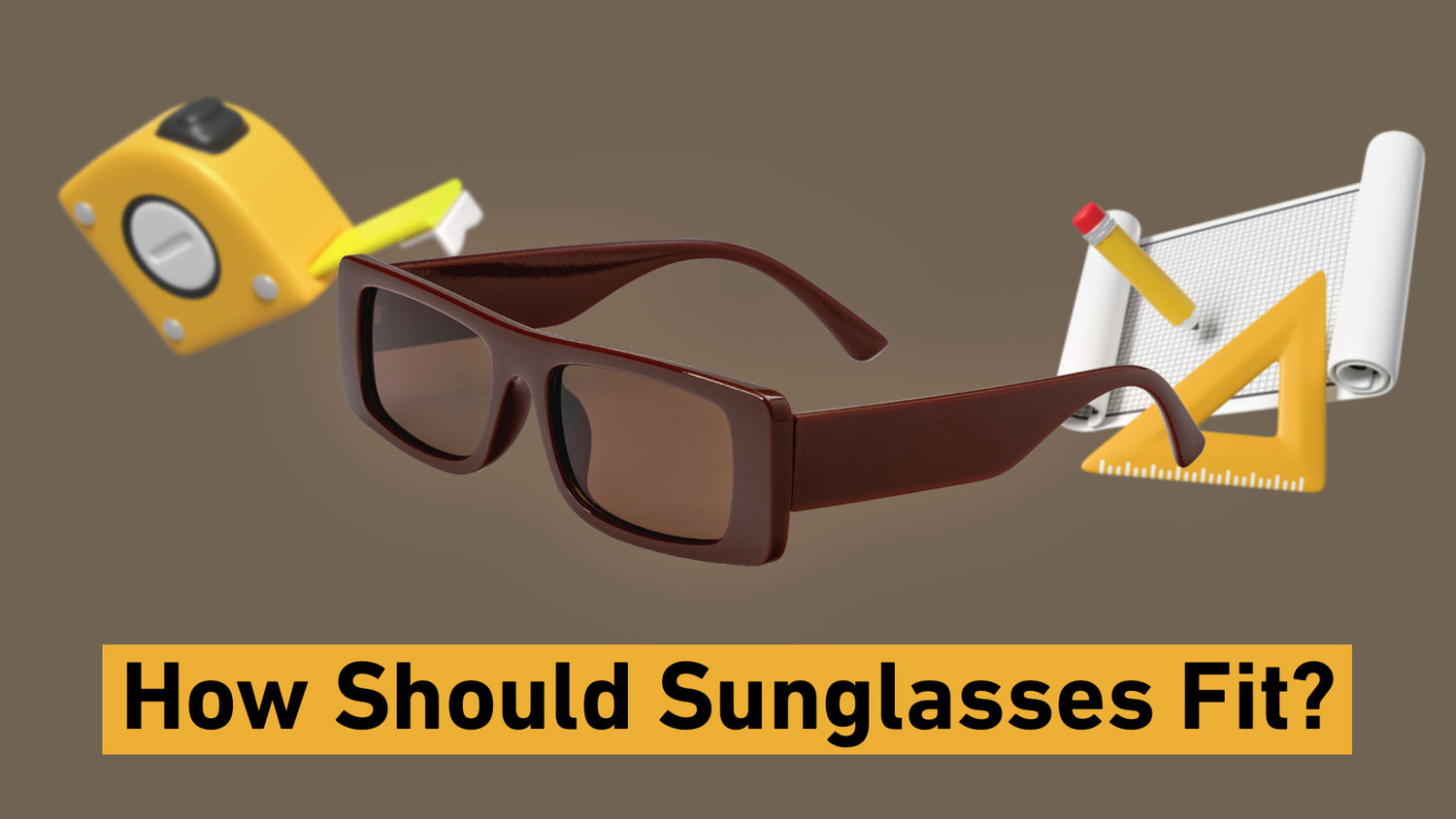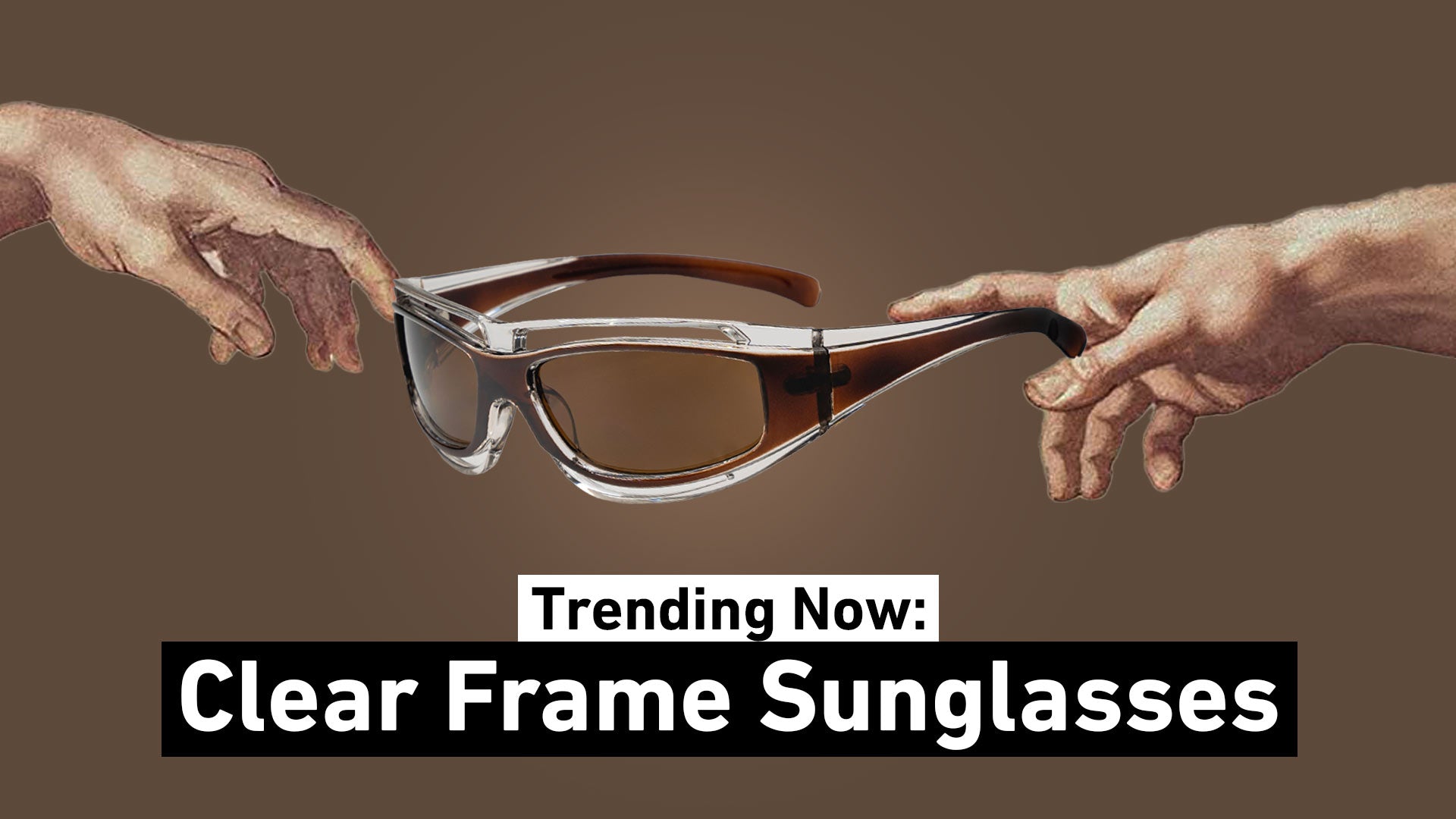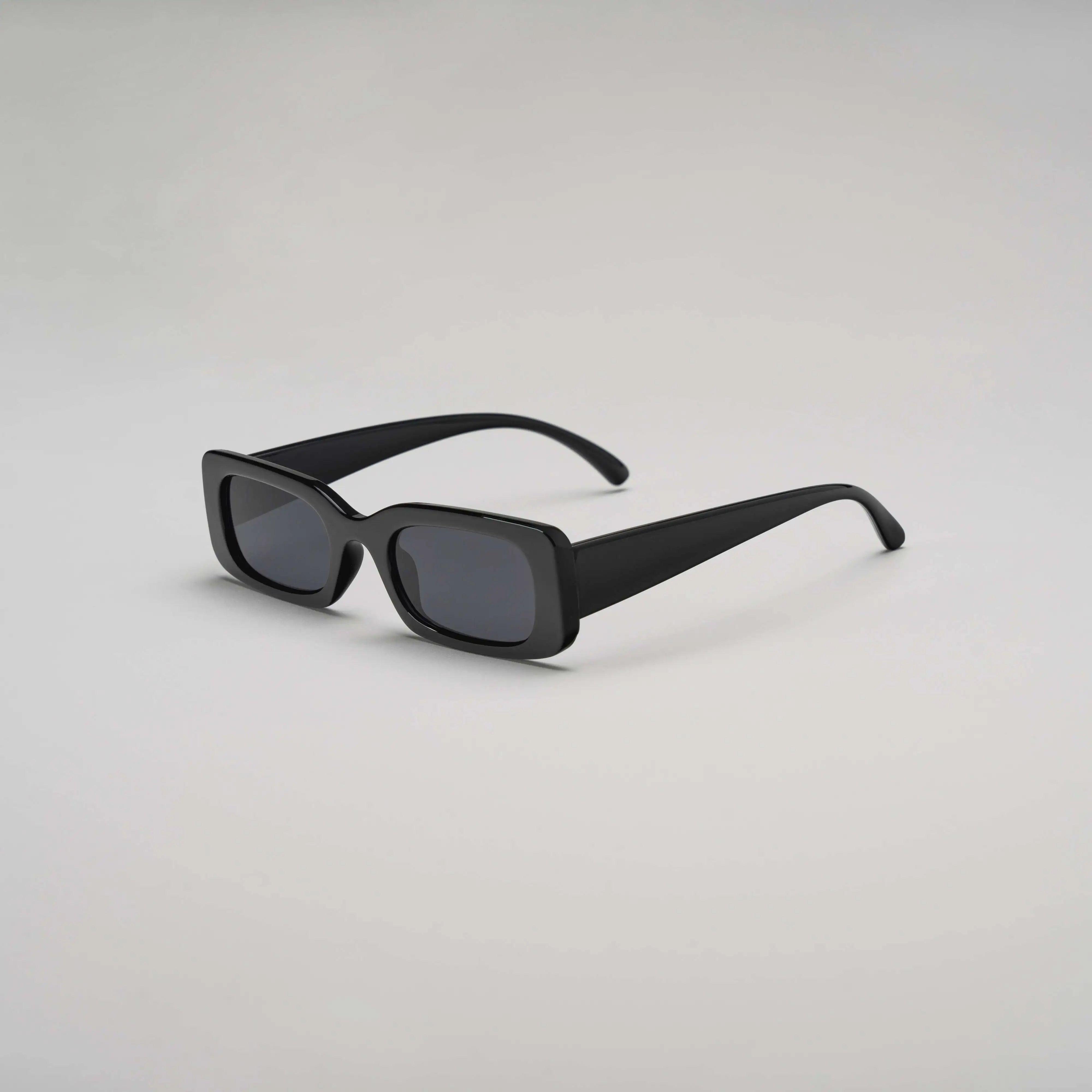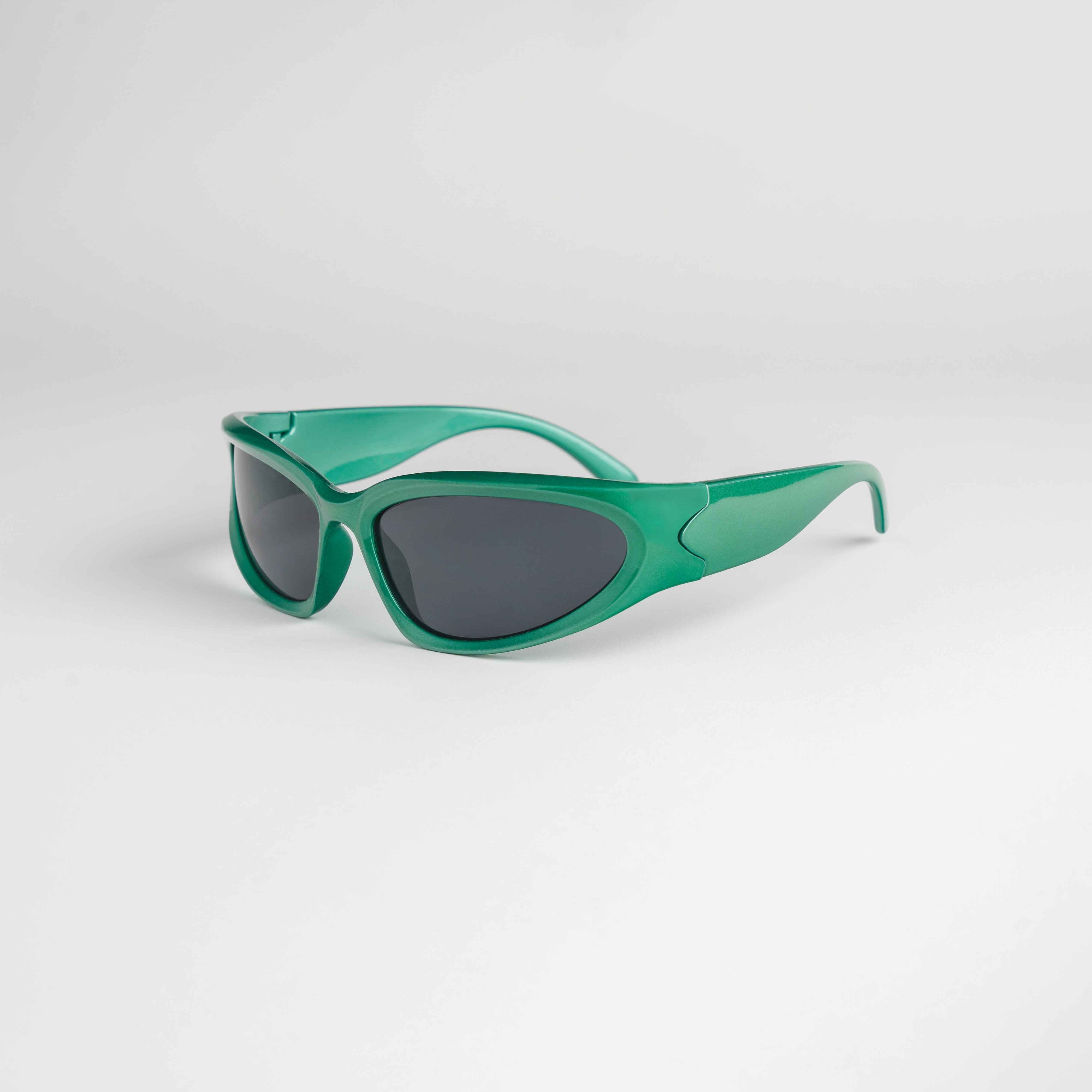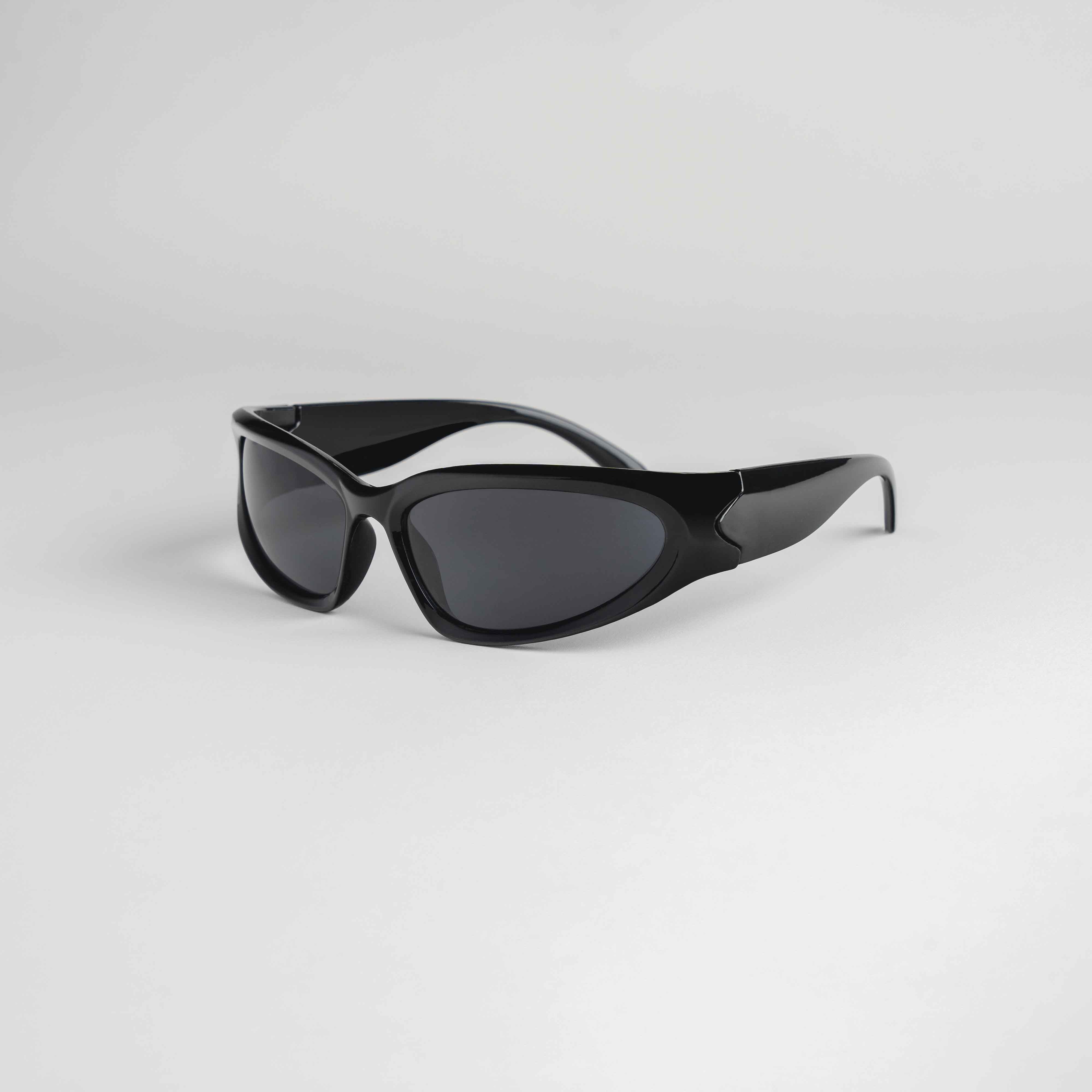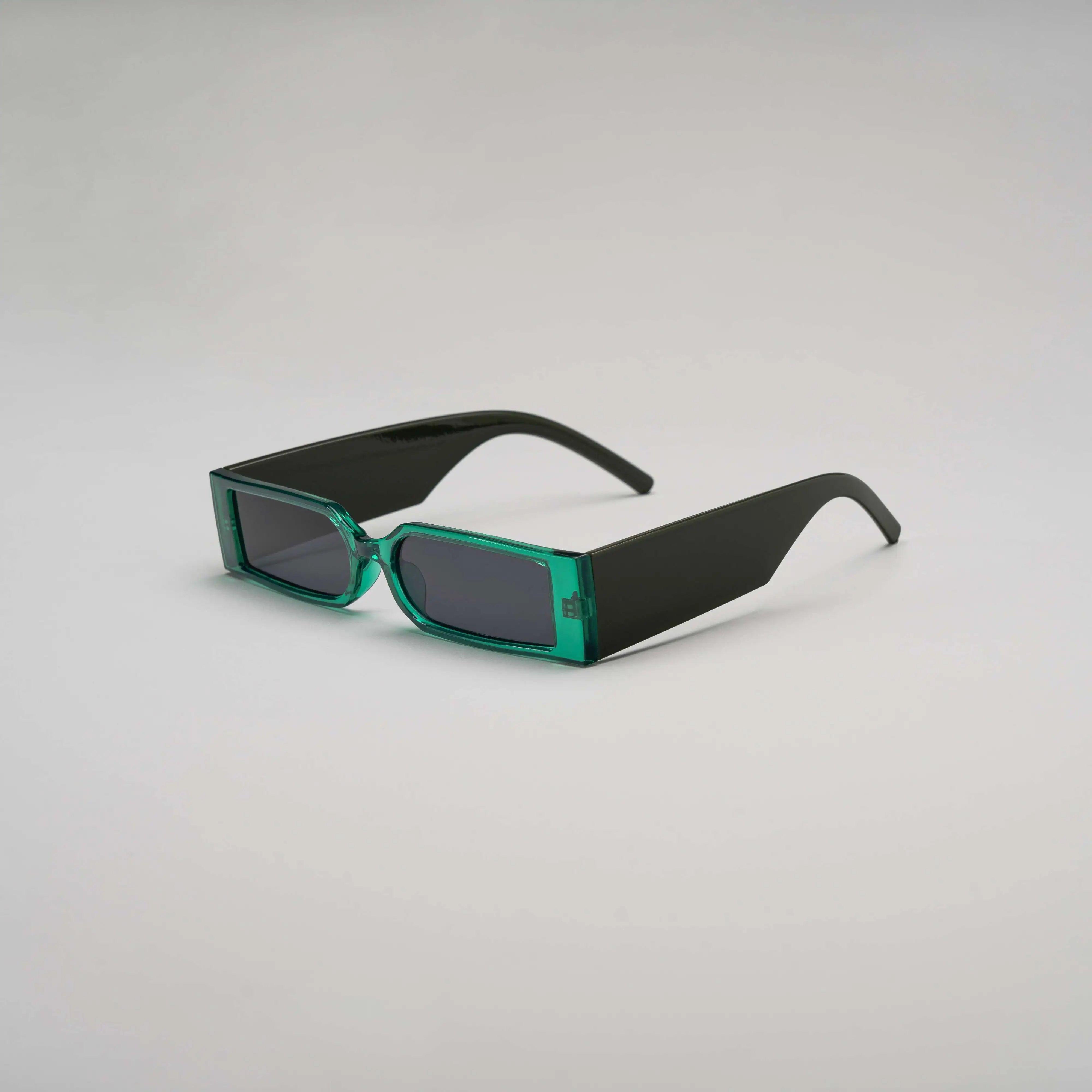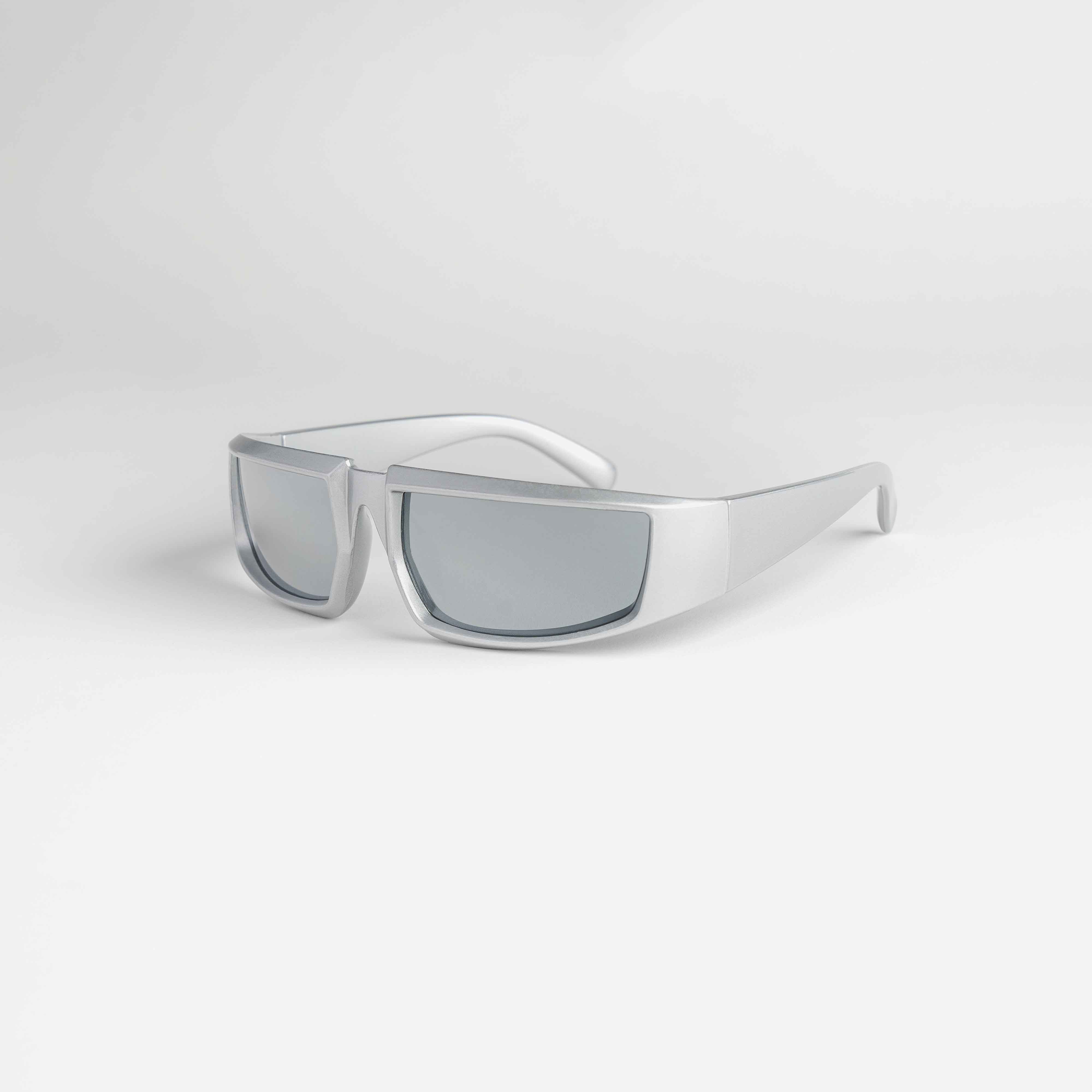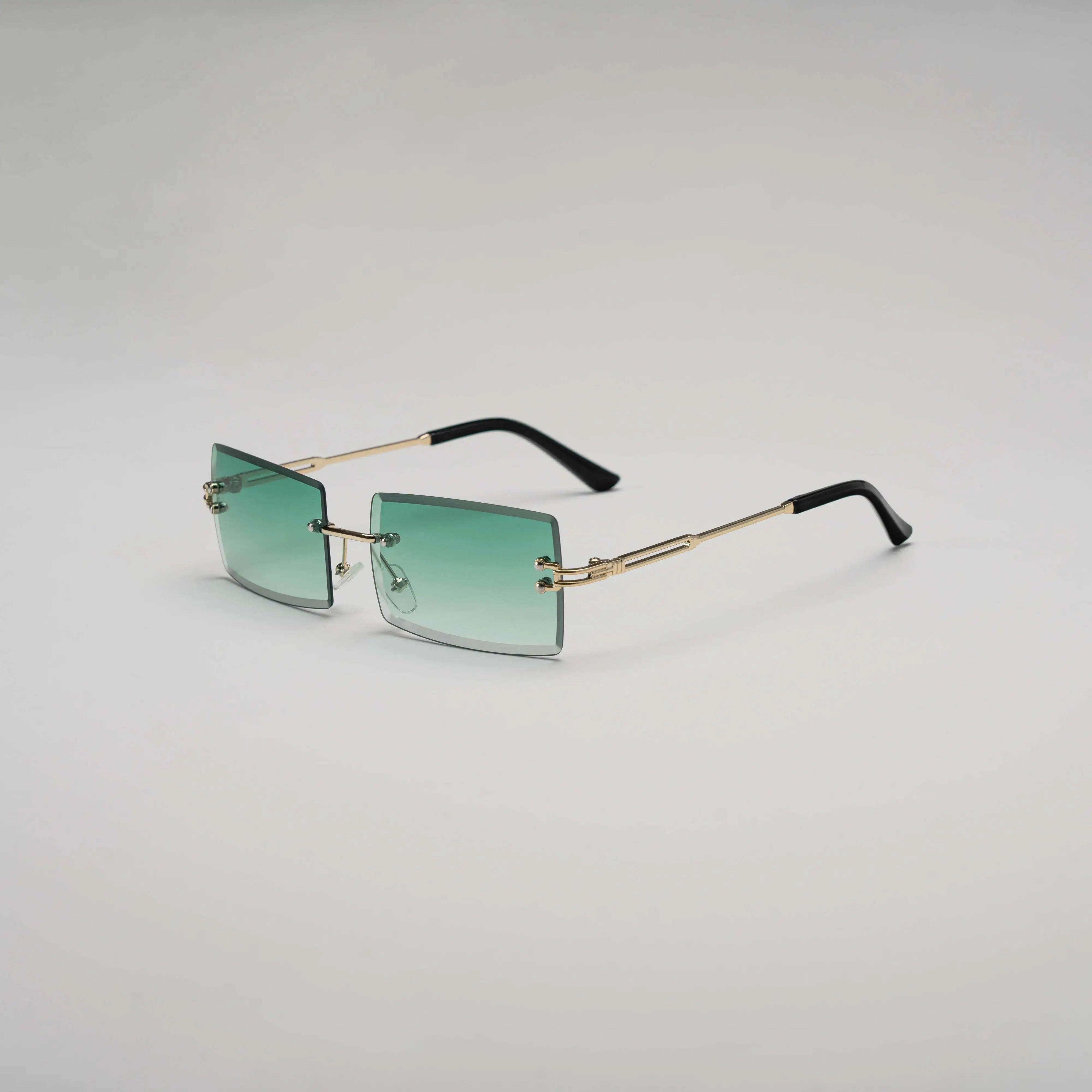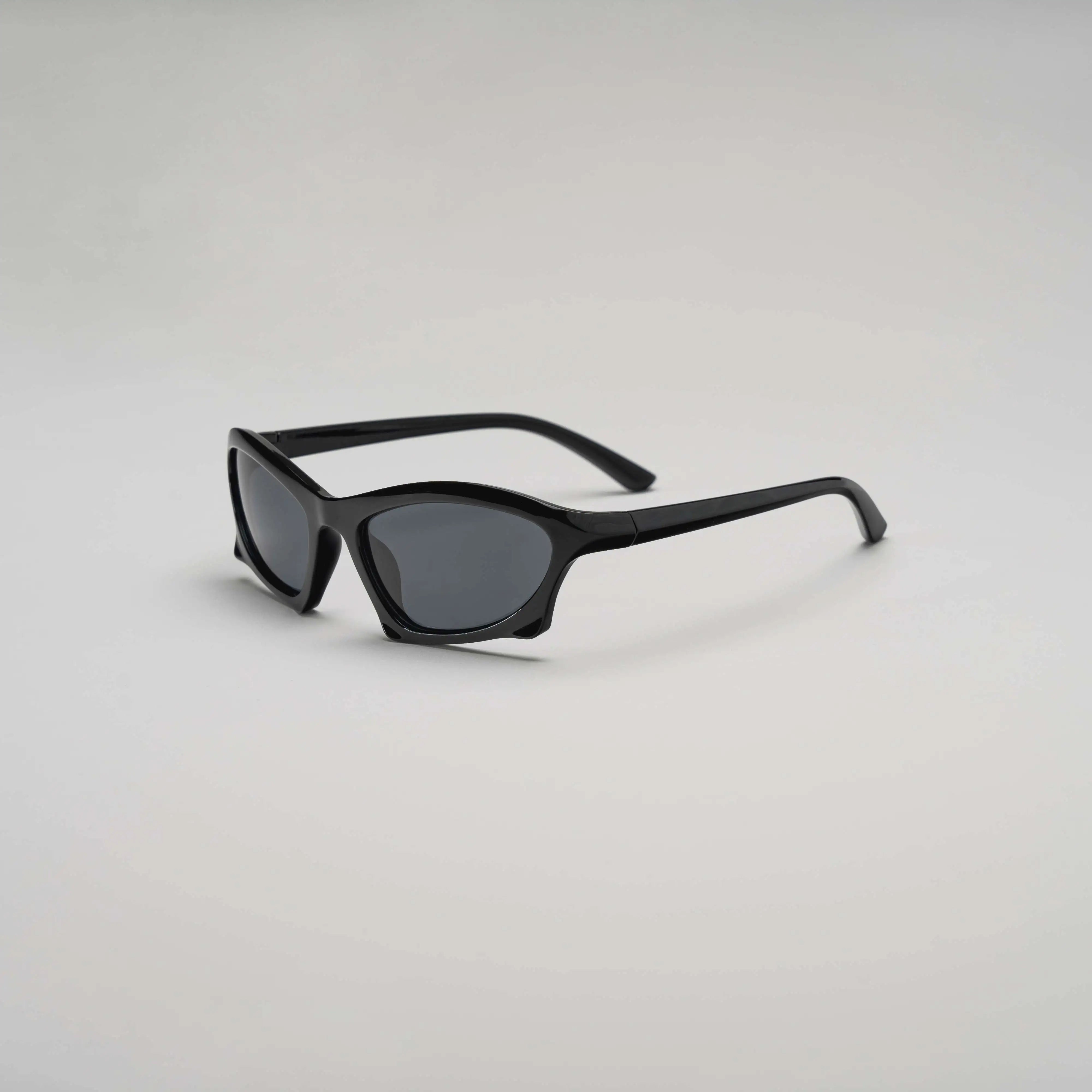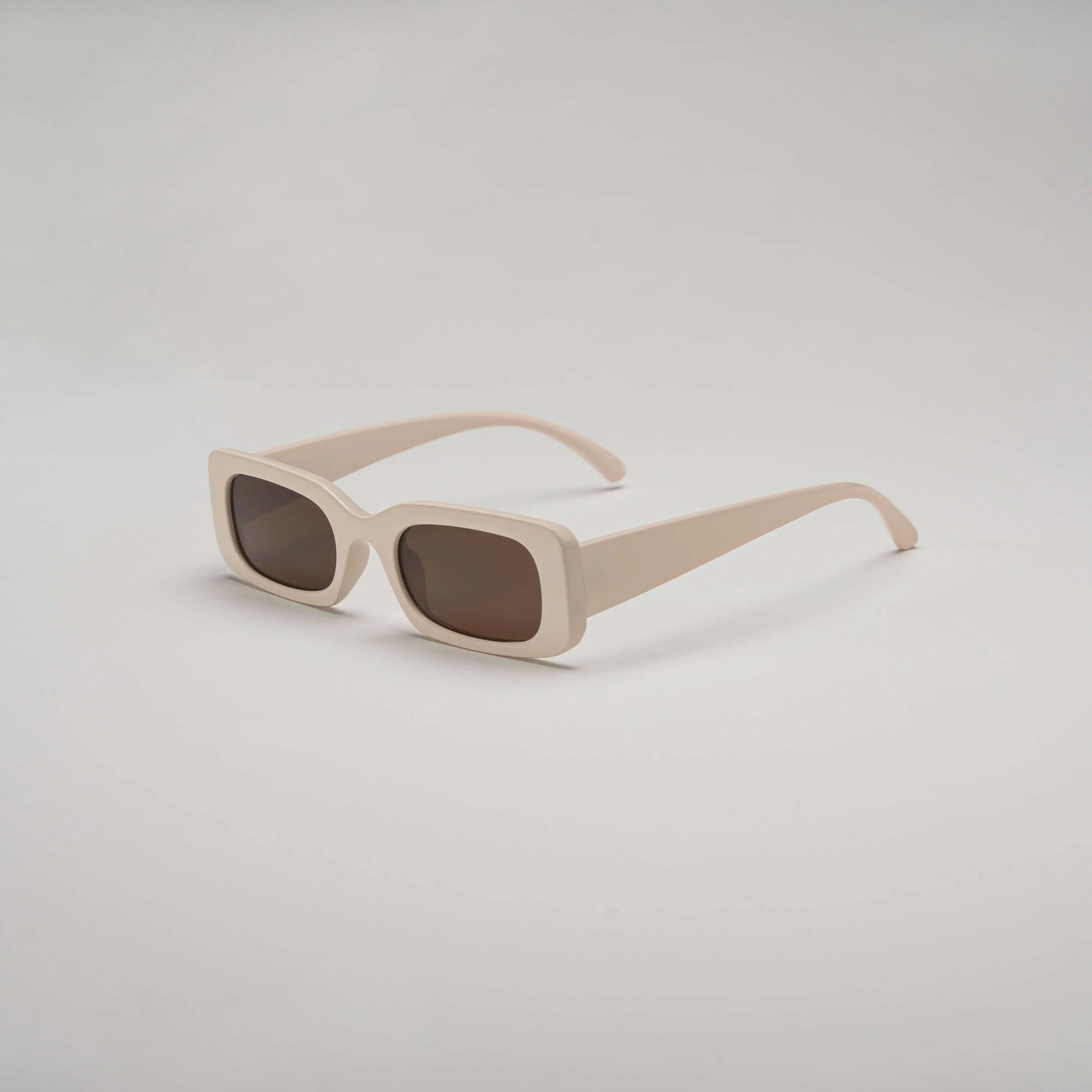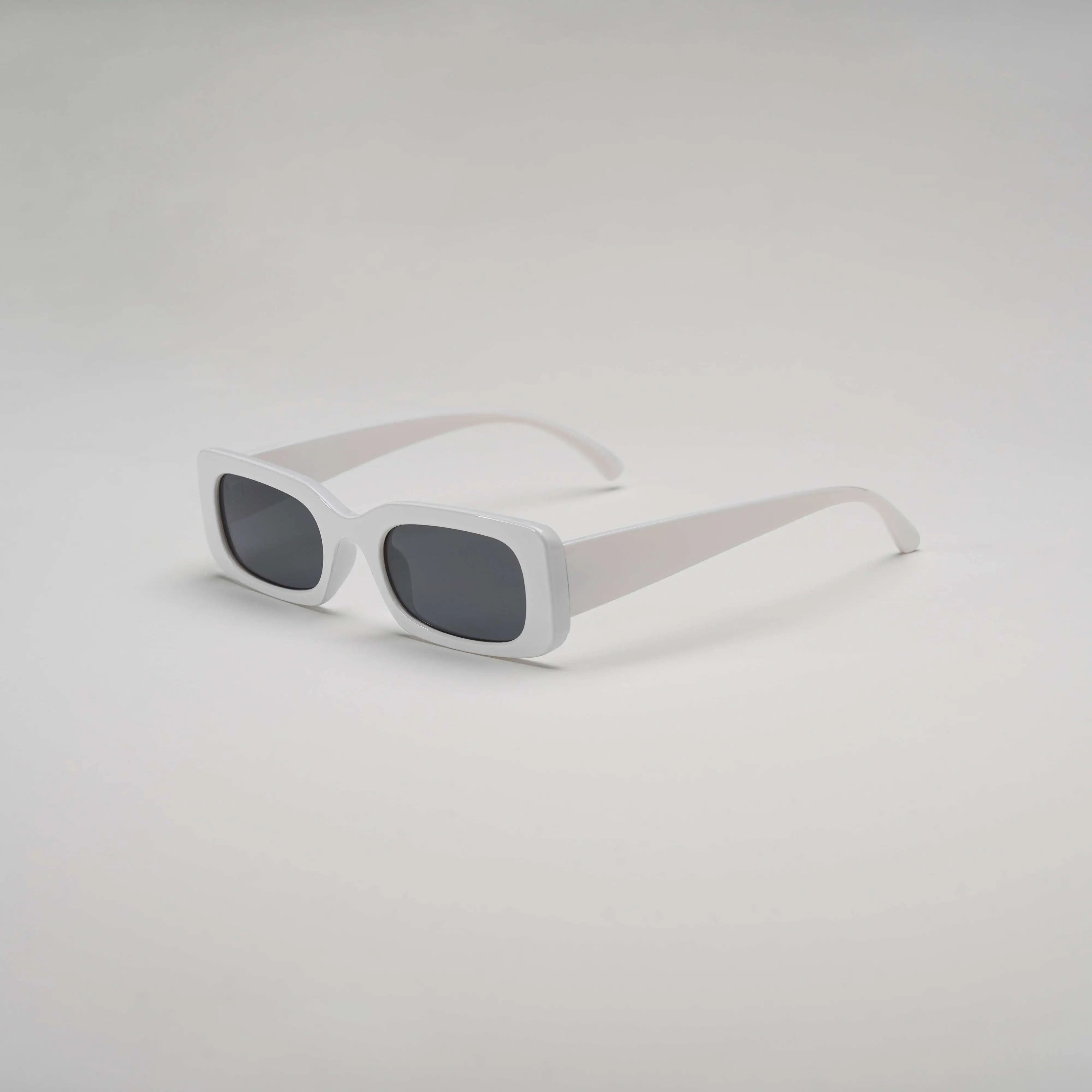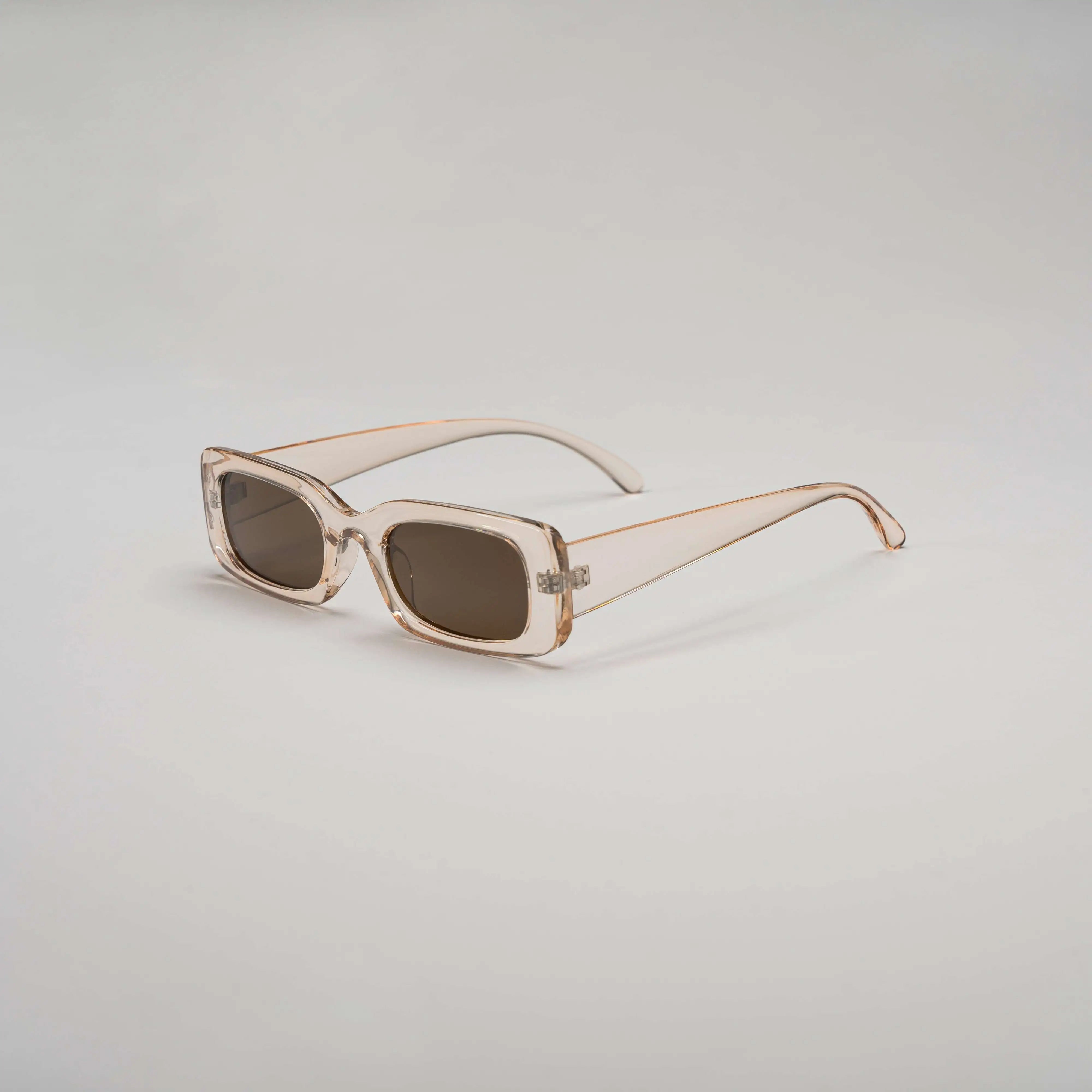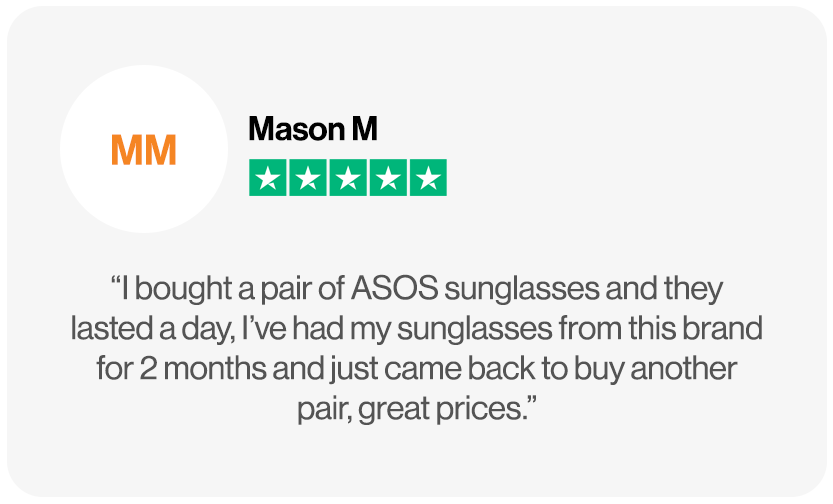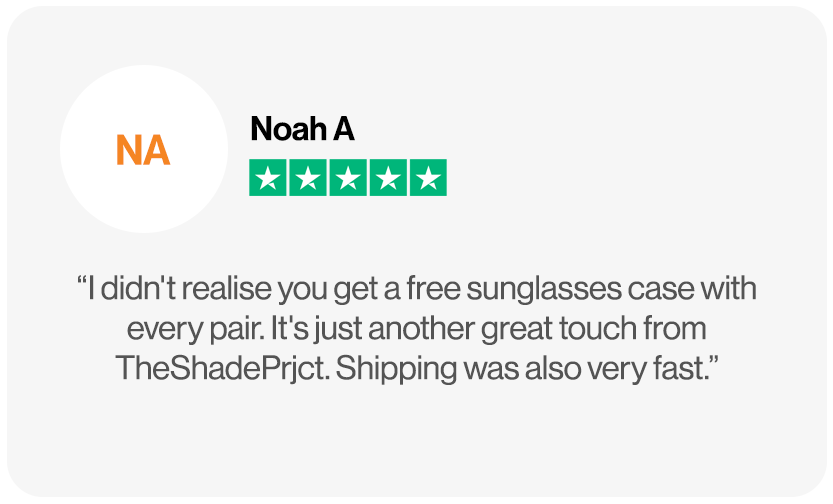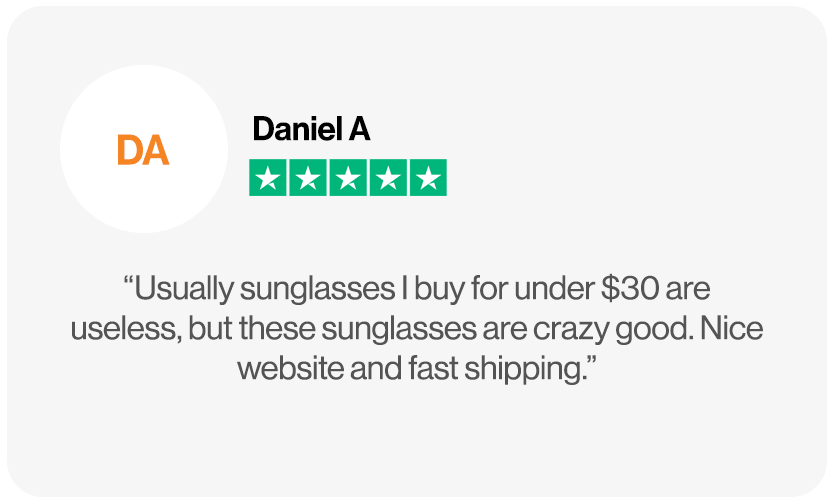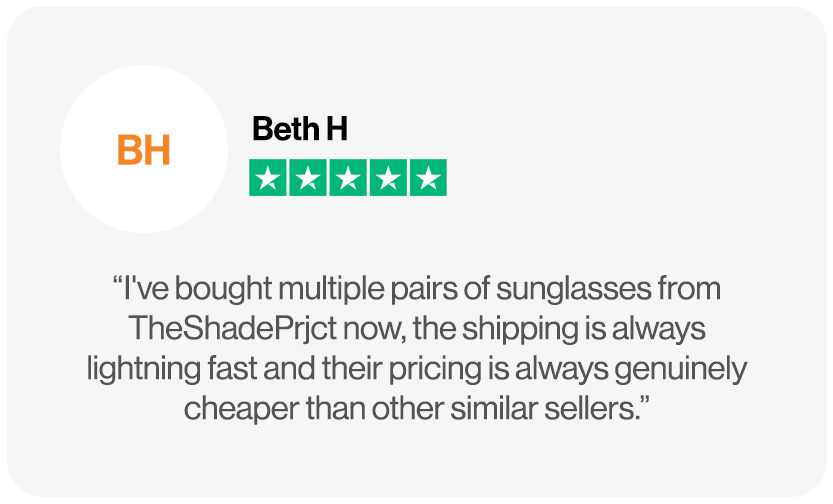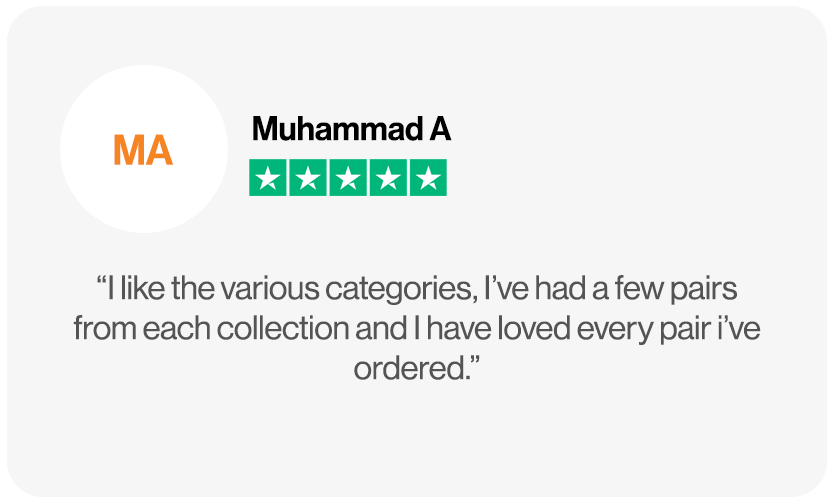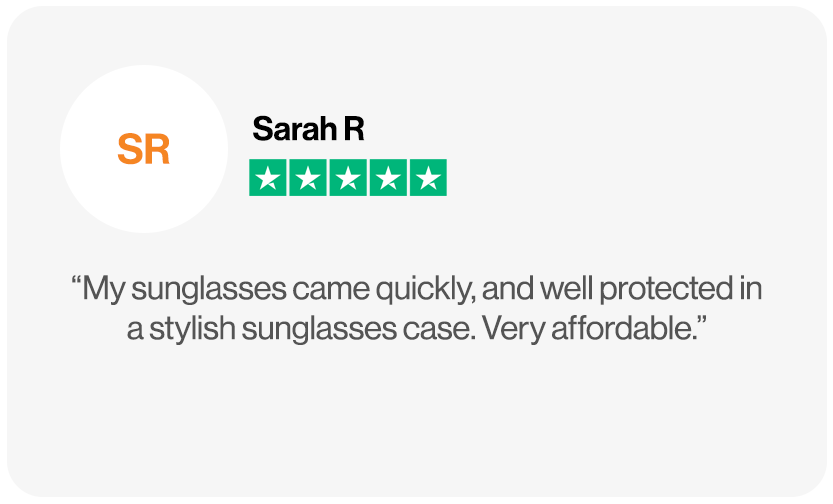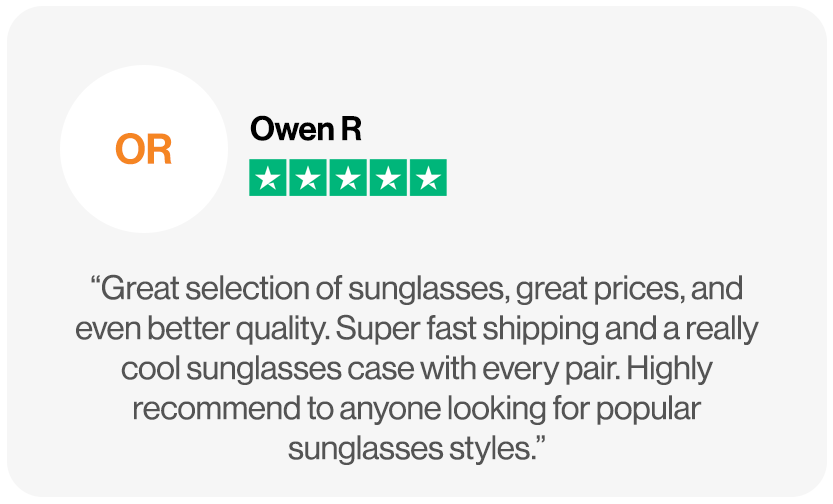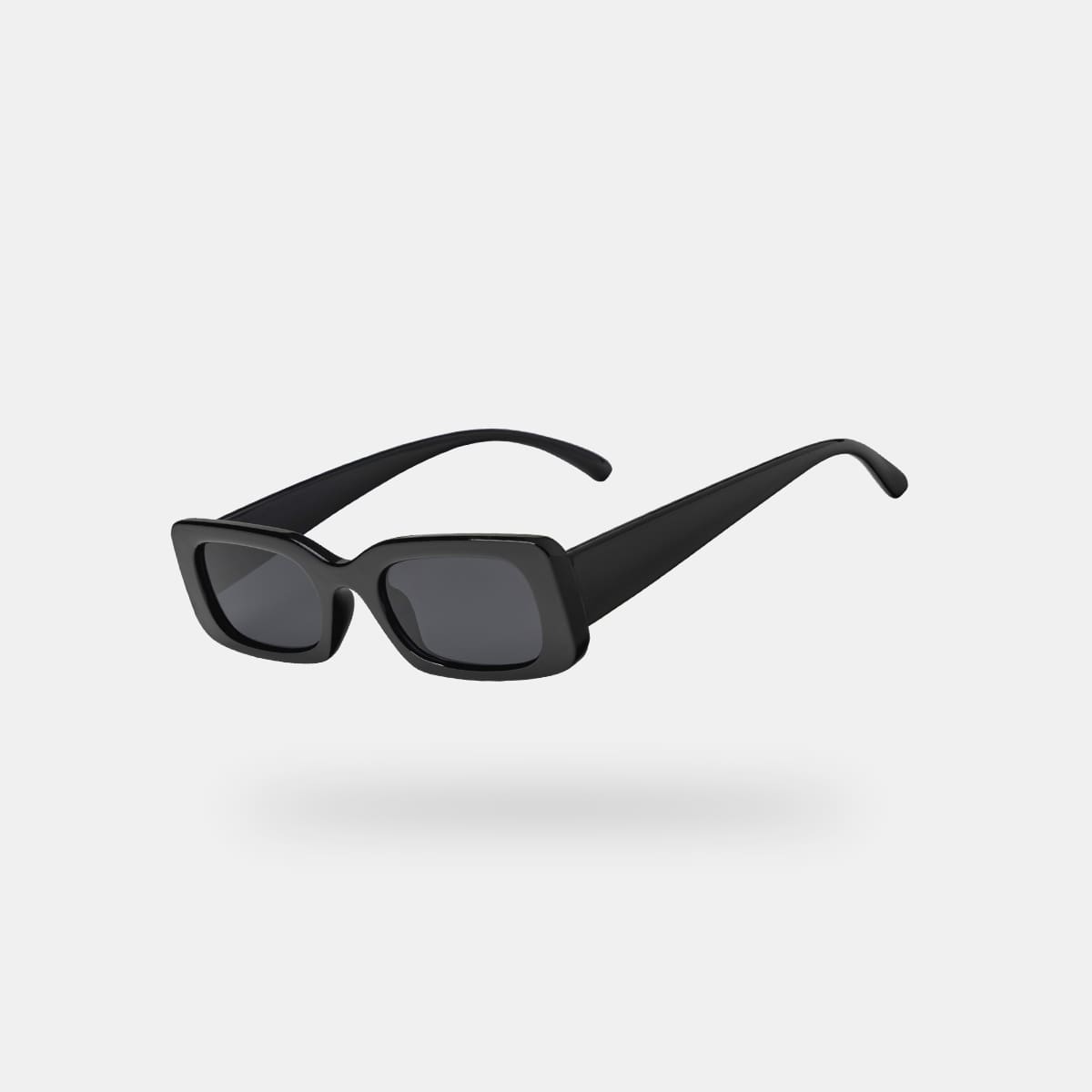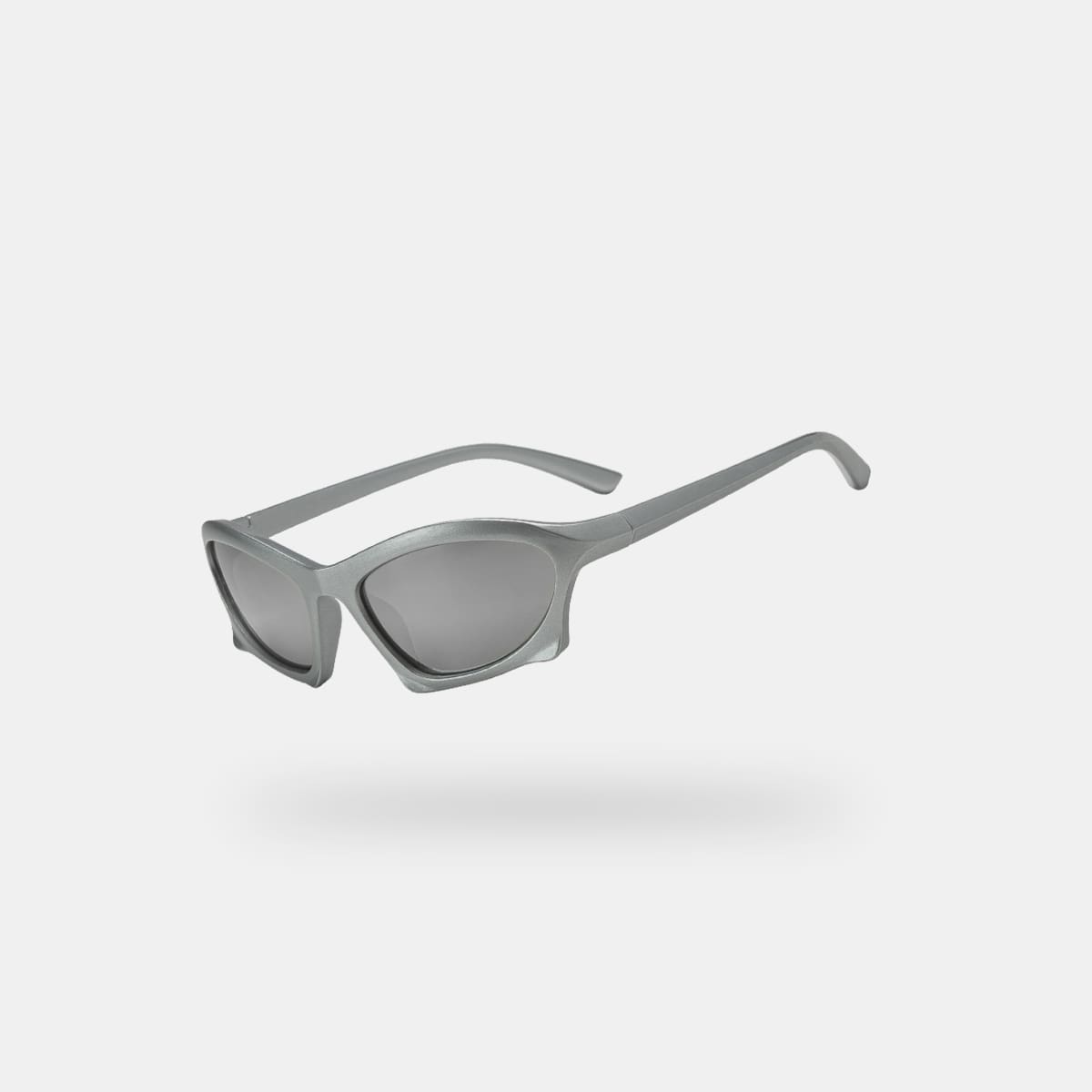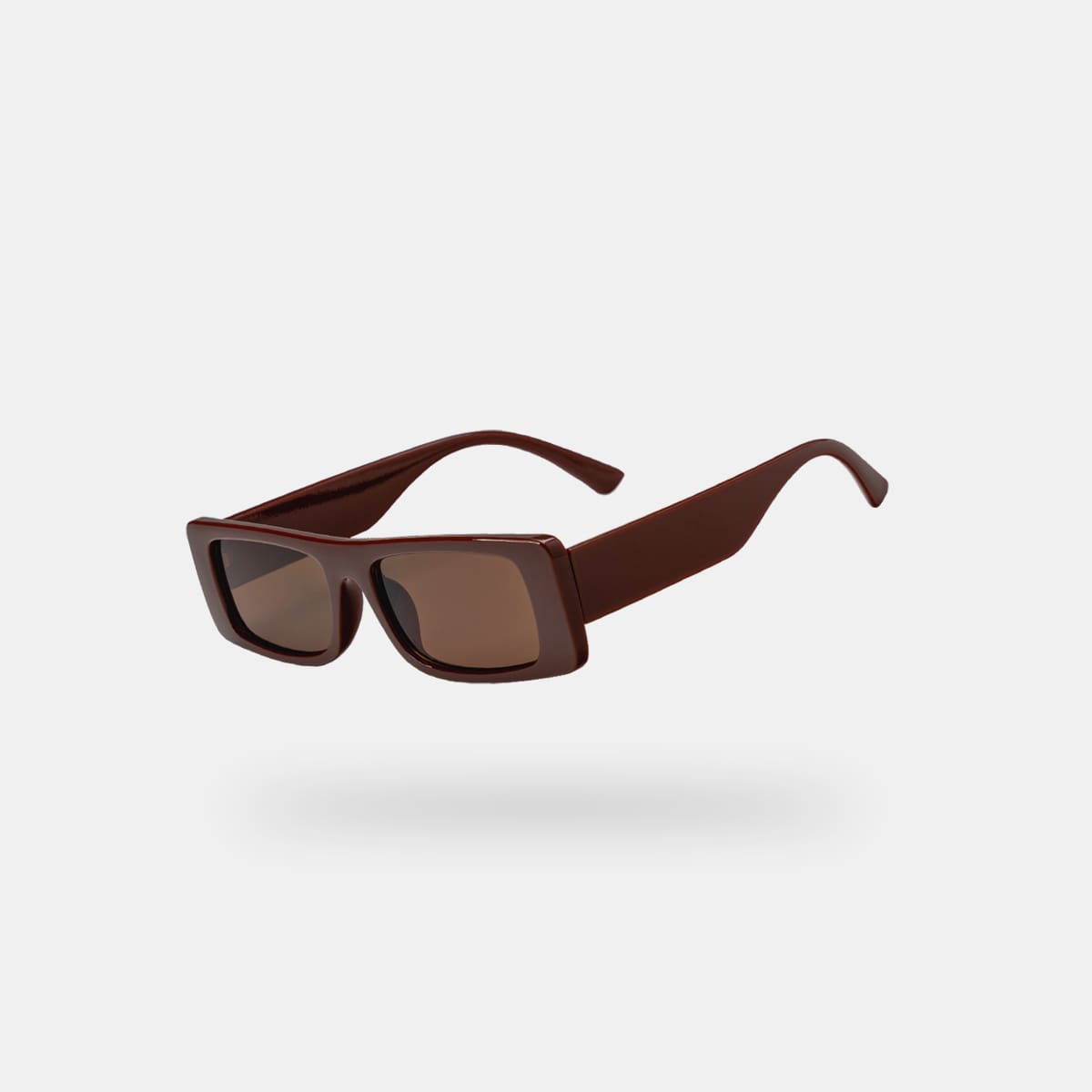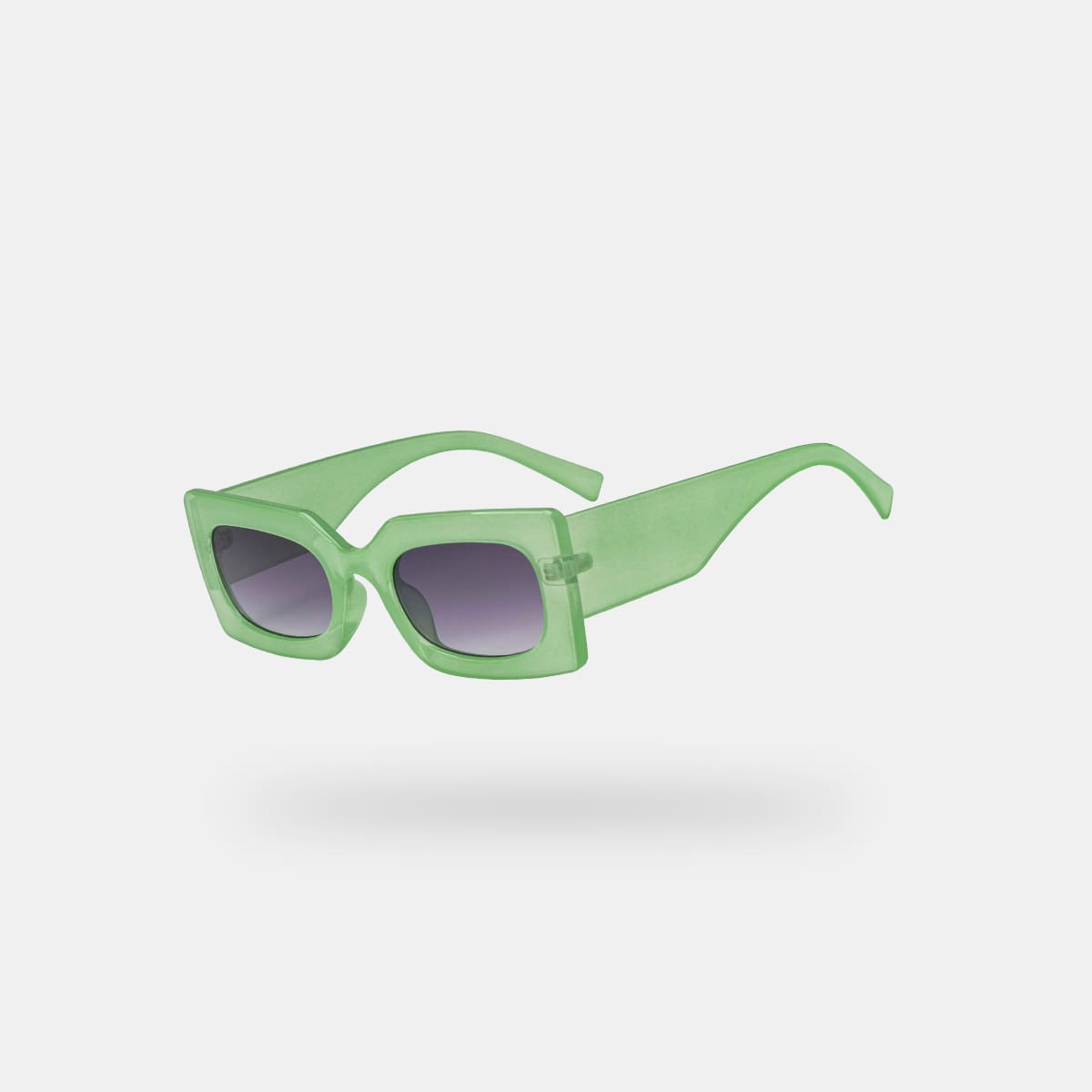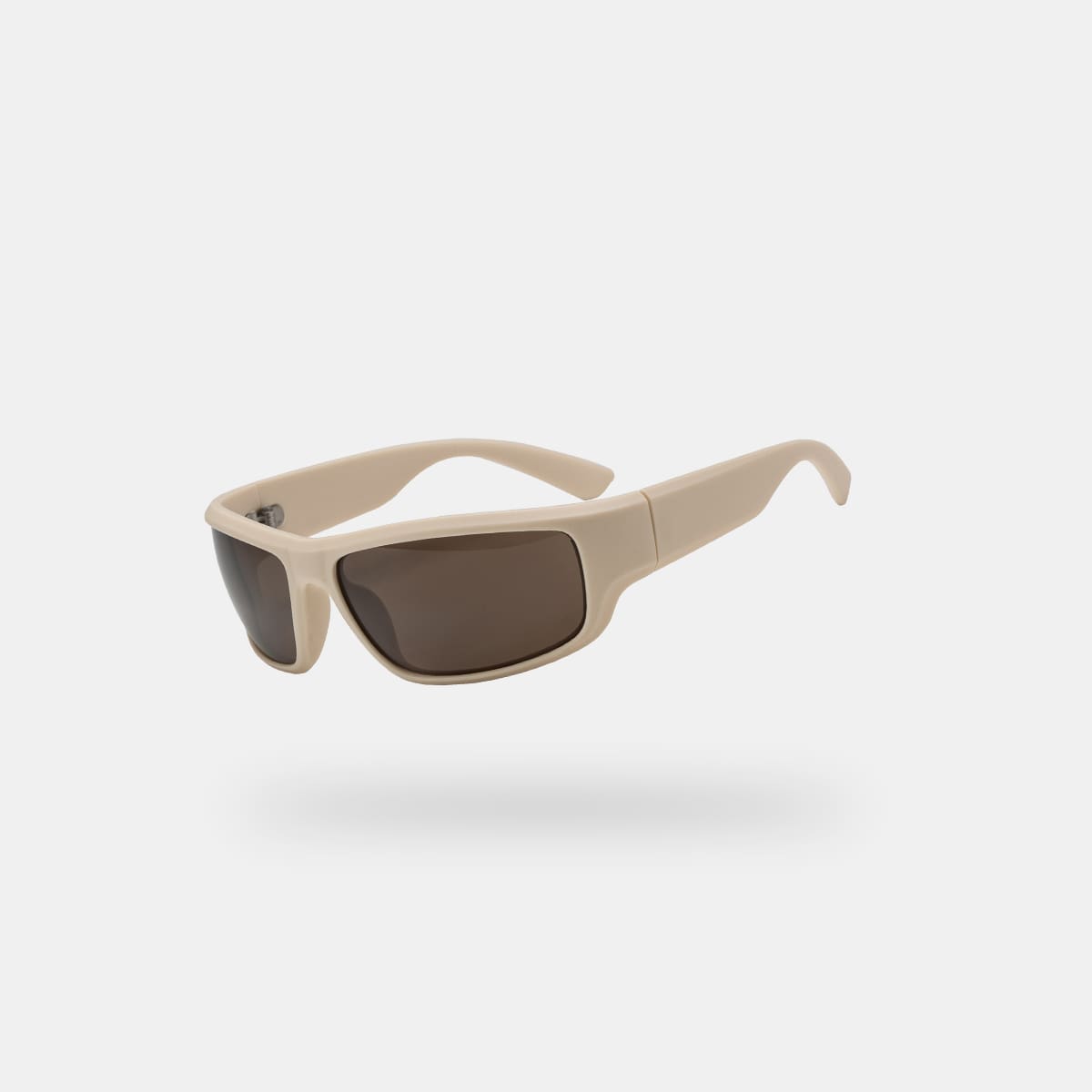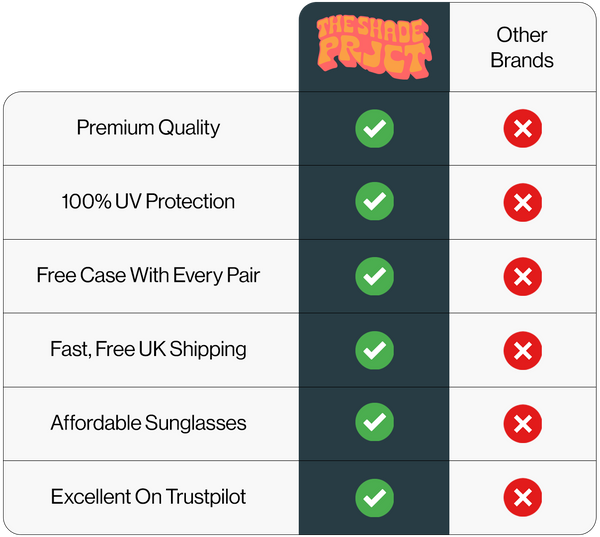Introduction
Are you tired of wearing ill-fitting sunglasses that constantly slide down your nose or leave imprints on your temples? Well, fret no more! In this comprehensive guide, we will explore the essential aspects of finding sunglasses that fit perfectly. Not only will we delve into the importance of proper fit, but we will also discuss the key factors to consider, debunk common misconceptions, and provide expert advice on choosing the ideal sunglasses for your face shape and style. So, let's dive in and discover the secrets to achieving sunglasses nirvana!
How Should Sunglasses Fit?
Finding sunglasses that fit properly is crucial for both comfort and optimal eye protection. Here's a breakdown of the key factors to consider when evaluating the fit of your sunglasses:
1. Frame Width
The frame width is an important consideration when it comes to finding sunglasses that fit well. Ideally, the sunglasses should extend slightly beyond the width of your face, ensuring that the temples sit comfortably on your temples without feeling too tight or too loose. A proper frame width will prevent your sunglasses from sliding down your nose while providing ample coverage for your eyes. Tighter fitting sunglasses can also cause headaches and migraines.
2. Temple Length
The length of the temples, also known as the arms or sides of the sunglasses, plays a significant role in achieving a comfortable fit. The temples should rest lightly on your ears without exerting excessive pressure. If the temples are too short, they may feel tight and cause discomfort over time. On the other hand, if the temples are too long, the sunglasses may slide down your nose, leading to a constant need for readjustment.
3. Nose Bridge Fit
The nose bridge, the small area that rests on your nose, should fit snugly without leaving marks or causing discomfort. A proper fit ensures that the sunglasses remain in position, preventing them from sliding down your face. Adjustable nose pads can be particularly helpful in achieving a personalised fit, accommodating different nose shapes and sizes.
4. Lens Coverage
When it comes to sunglasses, adequate lens coverage is crucial for protecting your eyes from harmful UV rays and reducing glare. The lenses should be wide enough to shield your eyes from various angles, including the sides. Ensure that the sunglasses cover your eyebrows without obstructing your vision or pressing against your eyelashes, unless you have opted for a particular style, such as rectangle sunglasses, which may be thinner than most styles.
5. Eye Alignment
Another aspect to consider is the alignment of the sunglasses with your eyes. The lenses should be positioned in front of your eyes, with the optical centre directly in line with your pupils. This alignment ensures that you have a clear and unobstructed view while wearing sunglasses, preventing eye strain and discomfort.
6. Stability
Stability is key to a good fit. Your sunglasses should stay in place even during physical activities or when you tilt your head. If the sunglasses constantly slide down or feel loose, they may not provide the necessary protection and can become a constant source of annoyance.
Common Mistakes to Avoid
While searching for sunglasses that fit perfectly, it's essential to steer clear of common mistakes that can compromise your comfort and eye protection. Let's take a look at some common pitfalls to avoid:
1. Choosing the Wrong Size
One of the most common mistakes people make is selecting sunglasses that are the wrong size for their face. It's important to consider your face shape and dimensions when choosing sunglasses. Oversized sunglasses may overwhelm smaller faces, while petite sunglasses may appear out of proportion on larger faces.
2. Ignoring Face Shape
Face shape is a crucial factor in determining the most flattering sunglasses styles. Different face shapes, such as round face shapes, square face shapes, oval, or heart-shaped, have distinct characteristics that can be complemented by specific sunglass designs. Taking your face shape into account ensures a harmonious and balanced look.
3. Neglecting UV Protection
Sunglasses serve a dual purpose of being a fashion accessory and protecting your eyes from harmful UV rays. Always opt for sunglasses with 100% UV protection to shield your eyes from both UVA and UVB rays. Neglecting UV protection can lead to long-term damage to your eyes and the delicate skin around them.
4. Disregarding Polarised Lenses
Polarised lenses are designed to reduce glare, particularly from reflective surfaces like water or snow. Disregarding the benefits of polarised lenses can result in compromised visibility, especially in bright outdoor conditions. Consider polarised lenses for optimal visual clarity and comfort.
5. Settling for Poor Quality
Investing in high-quality sunglasses is crucial for both durability and eye protection. Cheaper sunglasses may lack proper UV coatings, scratch-resistant features, or sturdy construction. Opt for reputable brands that prioritise both style and functionality to ensure long-lasting satisfaction.
6. Neglecting Regular Eye Exams
While finding sunglasses that fit well is important, it is equally crucial to prioritise regular eye exams. Eye exams can detect potential vision problems, monitor eye health, and ensure you have an up-to-date prescription if needed. Consult with your eye care professional for personalised recommendations.
Conclusion
Achieving the perfect fit for your sunglasses is essential for both comfort and eye protection. By considering factors such as frame width, temple length, nose bridge fit, lens coverage, eye alignment, and stability, you can find sunglasses that fit like a dream. Remember to avoid common mistakes and prioritise UV protection and high-quality lenses. With the right fit, you can confidently enjoy the outdoors while shielding your eyes in style.
Frequently Asked Questions
1. How should sunglasses fit on my face?
2. What should I do if my sunglasses are too tight?
3. Can I wear sunglasses that are too big for my face?
4. Are there specific sunglasses for different face shapes?
Yes, certain sunglasses styles can complement different face shapes. For example, round faces may benefit from angular frames to add definition, while square faces can be balanced with softer, rounded frames. Oval faces have the advantage of versatility and can experiment with various sunglass shapes. Heart-shaped faces may opt for cat-eye or aviator styles to harmonise their features.

